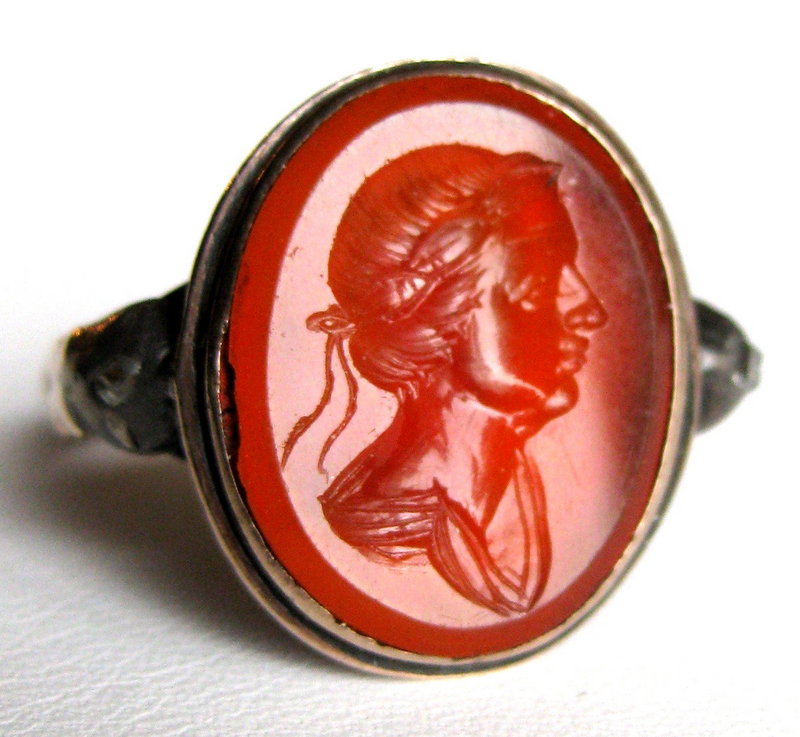

For artist and educator Jim Bové, the process of incorporating print into his work began while teaching etching to students. The most common crossover between metalsmithing and intaglio is perhaps engraving and etching. Today, the engraving and etching processes of intaglio are still used in the production of items such as stamps, currency, and legal documents like passports. The illustrative nature of intaglio, with its intricate line work and multitonal qualities, led to its rise in popularity. The intaglio process encompasses various techniques to incise images onto the plate, including engraving, drypoint, mezzotint (a tonal method of printing), aquatint (a form of tonal printing with rosin), and etching. Intaglio, a method of printing from a matrix, traditionally pulled from a zinc or copper plate with an incised image on the surface, is thought to have originated in Germany during the early to mid-1400s. Each has integrated this discipline into their technical lexicon through the printing and inking of a matrix, built upon intaglio processes.

While the summations to follow do not necessarily offer the work justice, says Agabigum, her intention, rather, is to draw upon the similarities of how every artist’s work is connected to printmaking. This article examines the work of four jewelry artists who integrate printmaking as a form of drawing, documentation, and dialogue between the two-dimensional and three-dimensional realms. Therefore it was only a matter of time before she addressed metalworking and printmaking as a reasonable, if not compatible, set of metaphoric bedfellows. In articles Melis Agabigum previously published on AJF, she addressed the crossover between jewelry and installation art, jewelry and sculpture, and jewelry in dialogue with performance art. Hybrid or multidisciplinary approaches to metalworking are inherent when considering the blend between technical and physical manifestations of wearable and functional metal art throughout history.


 0 kommentar(er)
0 kommentar(er)
